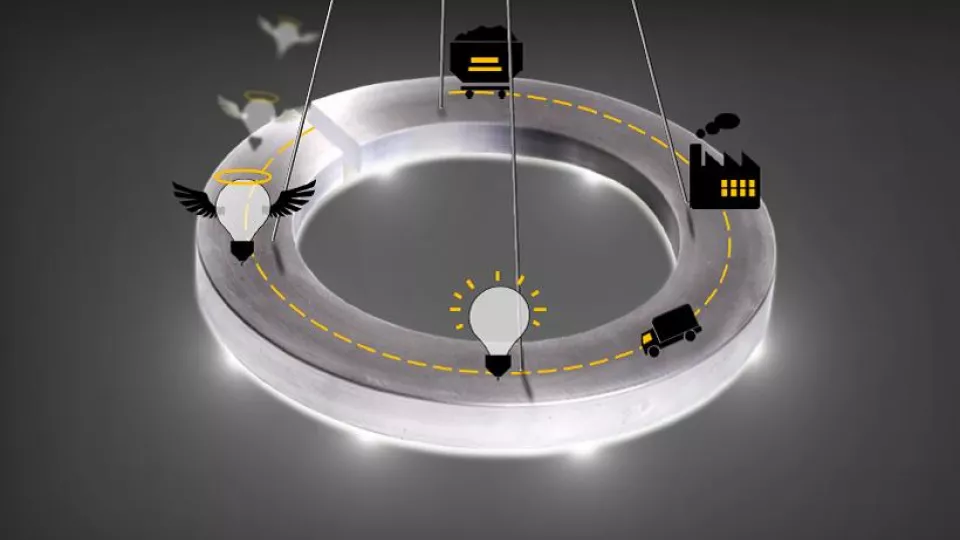Recent research by the IIIEE at Lund University points to the possibility to improve the environmental and sustainability impacts by better recycling. This will decrease dependency on Chinese supply of rare earth metals and simultaneously to avoid creation of environmental and social impacts during the extraction of these raw materials.
While impacts from electricity, consumed during the usage of the lamps are dominating assessments and various manufacturing-related impacts come as the likely second impacting factor, our abilities in the European countries are best when it comes to the final treatment of discarded. The types of impacts from the raw material extraction and processing are also difficult to assess. However, recycling technologies still need to be fully developed, and full-scale recycling schemes will most likely require policy interventions to become economically viable.
The research, presented in the report Circle of Light: The impact of the LED lifecycle, is conducted by a group of fourteen MSc students at the IIIEE, supervised by professors Thomas Lindhqvist and Mikael Backman. The report is part of the Strategic Environmental Development (SED) course of the Master's programmes at the IIIEE.


